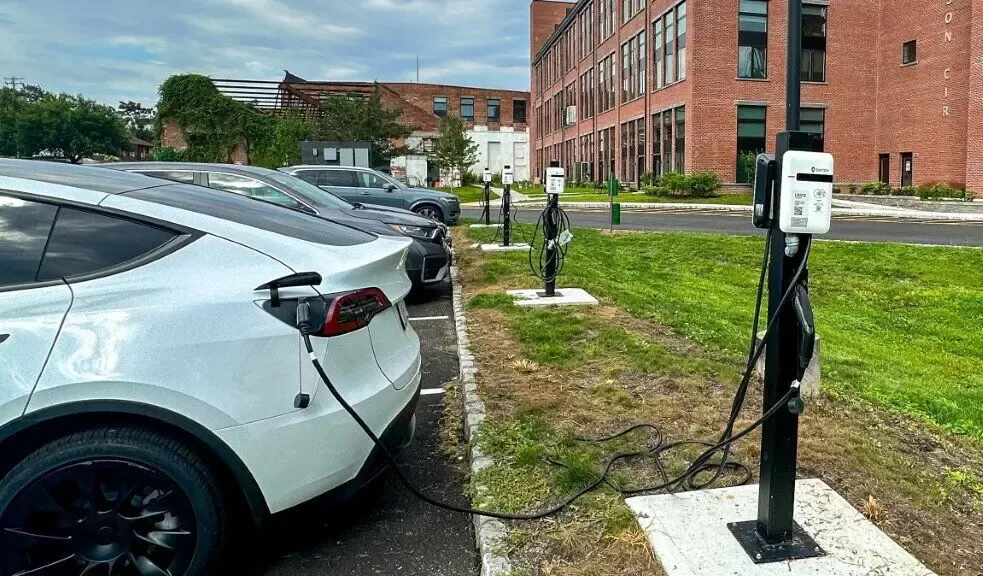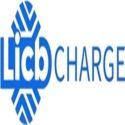Notifications

6 minutes, 50 seconds
-134 Views 0 Comments 0 Likes 0 Reviews

Introduction
LiCB Charge, a leading EV charger manufacturer in China, delivers reliable AC and DC electric vehicle charging stations along with comprehensive charging solutions.
As the world shifts toward sustainable transportation, electric vehicles (EVs) are leading the way. EVs offer many benefits — lower emissions, reduced fuel costs, and quieter rides — but the charging infrastructure needed to support them is unevenly distributed, especially for renters. While homeowners often have the freedom to install charging stations on their property, renters face unique challenges. For the EV transition to succeed, charging access must be available to everyone, including the 44 million U.S. households living in rental properties.
Apartment EV charging is no longer a future luxury — it’s an immediate necessity. With EVs already making up 8.6% of vehicle sales and projected to reach 13–29% by 2050, multifamily communities must begin offering this essential amenity now.
Understanding the Basics of Apartment EV Charging
Before exploring the challenges and benefits of EV charging for renters, it’s important to know the three main types of EV charging:
Level 1 Charging: Accessible But Slow
Level 1 uses a standard 120-volt outlet — the same found in most homes. It’s the most accessible but also the slowest, delivering about 1 kWh per hour (3–5 miles of range). A full charge can take over 50 hours, making it impractical for daily use, especially for longer commutes.
Level 2 Charging: The Practical Residential Standard
Level 2 chargers use a 240-volt circuit and are the most common residential option. They deliver up to 19 kWh, adding 15–40 miles of range per hour, fully charging most EVs in 4–10 hours. For apartment owners and managers, Level 2 chargers balance feasibility, performance, and user satisfaction.
Level 3 Charging (DC Fast Charging): Ultra-Fast but Commercial
Level 3 chargers operate at 400 to 1,000 volts, charging up to 80% in less than an hour. While ideal for highways and public hubs, their high power requirements and costs make them less practical for apartment buildings — though they may suit large, busy urban developments.
Why Apartment EV Charging Matters
Eases Range Anxiety
Range anxiety — the fear of running out of charge without a nearby station — remains a major barrier to EV adoption. Reliable apartment charging reassures renters that their EV can meet daily needs just like a gas vehicle.
Adds Daily Convenience
At-home charging lets renters plug in overnight and start the day with a full battery, eliminating trips to public stations or workplace chargers. This convenience integrates EV ownership seamlessly into daily life.
Removes a Key Barrier for Renters
Renters often depend on landlords to provide charging infrastructure. Including EV charging as a built-in amenity breaks down a major obstacle, encouraging EV adoption and making properties more attractive to eco-conscious tenants.
Can Be More Affordable Than Public Charging
Public chargers can be costly and variable. Apartment charging offers predictable, potentially lower-cost options. Property managers can include fees in leases or offer discounts, boosting tenant satisfaction and positioning their property as forward-thinking.
Overcoming Challenges of Apartment EV Charging
Infrastructure Constraints
Older buildings may need electrical upgrades to support multiple chargers. Professional assessments and load management systems can optimize power distribution and reduce costly upgrades.
Limited Parking Allocation
With assigned parking, access to chargers can be tricky. Starting with a few shared or reserved spots and expanding as demand grows helps. Waitlists or reservation apps ensure fairness. Monetizing usage can offset installation costs.
Outdoor Parking Conditions
Weatherproofing, cable runs, and connectivity are considerations for outdoor lots. Many chargers are built for harsh environments and can be mounted on bollards or walls. Smart systems with cellular or Wi-Fi ensure reliable operation.
Cost Concerns
Installation costs may seem high but can be reduced through government grants, tax credits, and utility rebates. Tenant fees or partnerships with third-party providers can help recoup investments.
Benefits for Property Owners
Attract and Retain Eco-Minded Tenants
Offering EV charging attracts high-value tenants who value sustainability and are likely to stay longer.
Boost Property Value and Marketability
EV infrastructure is a future-ready investment that enhances property appeal and tenant satisfaction.
Access New Revenue Streams
Charging stations can generate income through per kWh, hourly, or flat monthly fees.
Looking Ahead: Equitable Access Is Key
For EV adoption to be truly universal, renters must have access to charging. Apartment communities, from urban high-rises to suburban complexes, must act now to invest in EV infrastructure. With modern solutions, incentives, and planning, most properties can install chargers and gain a competitive edge with future-proof amenities.
Conclusion
EV charging at apartments is no longer optional — it’s essential. It eases range anxiety, adds convenience, supports EV adoption, and enhances property value. With smart strategies and scalable technologies, even older buildings can embrace the electric future.
As EVs continue to grow in popularity and cities push for cleaner transportation, apartment EV charging will shift from luxury to expectation. Now is the time for property owners, managers, and planners to lead — not just to stay competitive but to help build a sustainable future.Know more about Google SEO Directory
China EV Chargers EV Charger Manufacturer EV Charging Solutions

